Home>Garden Essentials>How Long Does It Take To Germinate Strawberries
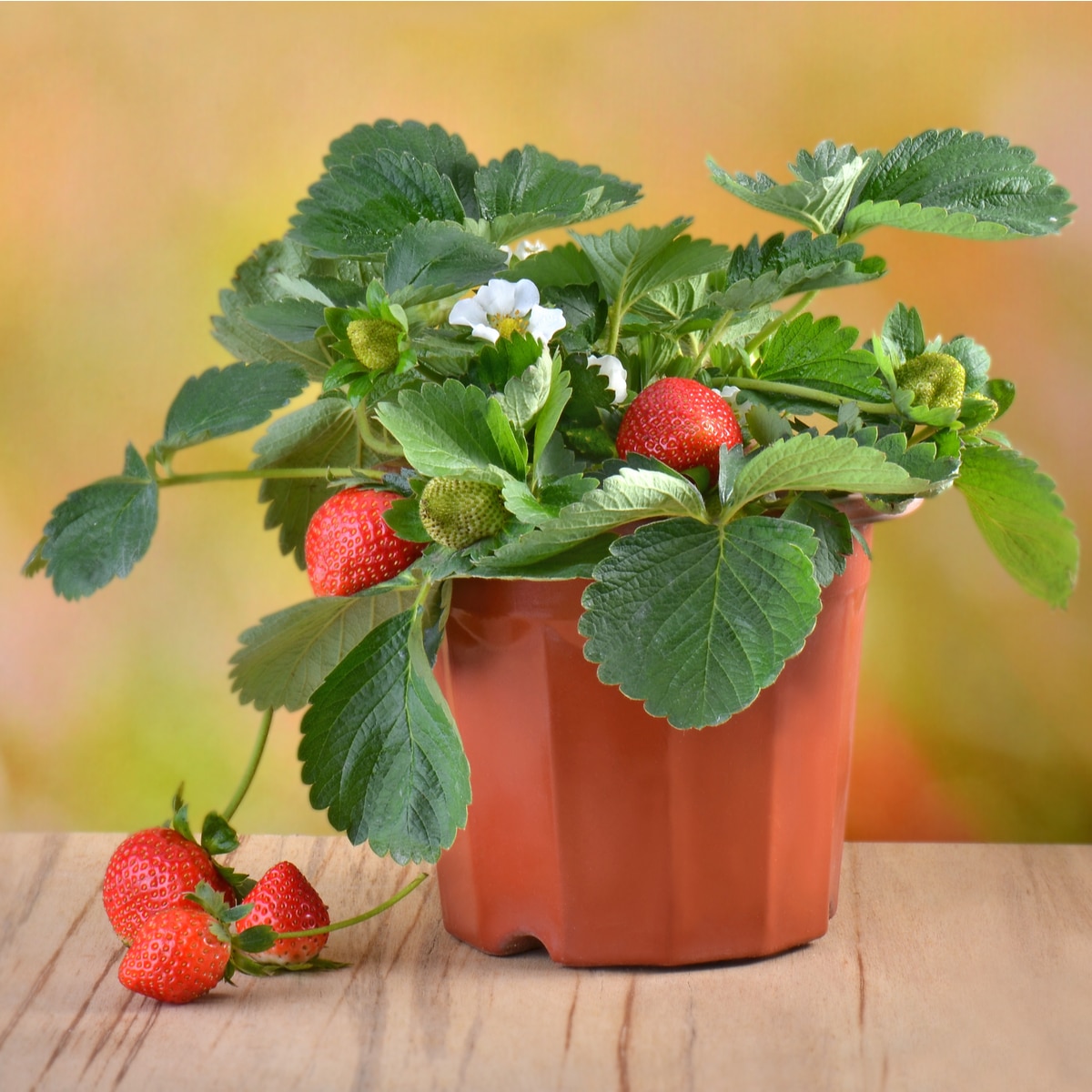

Garden Essentials
How Long Does It Take To Germinate Strawberries
Modified: March 16, 2024
Discover how long it takes for strawberries to germinate in your garden. Get essential tips for successful growth and harvest.
(Many of the links in this article redirect to a specific reviewed product. Your purchase of these products through affiliate links helps to generate commission for Storables.com, at no extra cost. Learn more)
Introduction
Strawberries are delightful fruits that not only add vibrant color to your garden but also offer a burst of juicy sweetness. If you’re eager to start growing your own strawberries, one of the key aspects to consider is the germination time. Understanding how long it takes for strawberry seeds to germinate is essential for planning your gardening timeline and ensuring successful seedling growth.
Germination refers to the process by which a seed transforms into a plant. For strawberries, this process involves the absorption of water and the activation of enzymes within the seed. From the moment you plant your strawberry seeds, there are several factors that can impact the time it takes for them to germinate.
In this article, we will discuss the various factors that affect strawberry germination time and provide insights into the average germination timeframes for different strawberry varieties. Additionally, we will share some expert tips to help you maximize your chances of successful germination and ensure healthy strawberry seedlings.
Key Takeaways:
- 1. Ideal Conditions for Germination
Strawberry seeds need warmth, moisture, and darkness to germinate. Providing the right temperature, watering carefully, and keeping the seeds in the dark can help them sprout successfully. - 2. Care for Healthy Seedlings
After germination, give your strawberry seedlings plenty of light, space, and attention. Regular watering, weeding, and monitoring for pests and diseases will help them grow strong and fruitful.
Factors Affecting Strawberry Germination Time
Several factors can influence the germination time of strawberry seeds. Understanding these factors will help you create the ideal conditions for successful germination. Here are the key factors to consider:
- Temperature: Temperature plays a crucial role in strawberry seed germination. Most strawberry varieties prefer a temperature range between 60°F (15°C) and 70°F (21°C) for optimal germination. Cooler temperatures may delay germination, while temperatures above 80°F (27°C) can inhibit germination or lead to poor seedling development.
- Moisture: Adequate moisture is essential for strawberry seed germination. The seeds need to be kept consistently moist, but not overly saturated, during the germination process. Ensure that the planting medium or soil is moist but not waterlogged to prevent rotting of the seeds.
- Light: Strawberry seeds do not require light for germination. In fact, they actually prefer to germinate in darkness. When sowing your strawberry seeds, cover them with a thin layer of soil to keep them in the dark. However, once the seeds have germinated and sprouted into seedlings, they will require ample light for healthy growth.
- Seed Quality: The quality and viability of the strawberry seeds can influence the germination time. Fresh, high-quality seeds have a better chance of germinating quickly and producing healthy seedlings. It is advisable to obtain your strawberry seeds from a reputable seed supplier to ensure their freshness and viability.
- Seed Treatment: Some gardeners opt to pre-treat strawberry seeds to enhance germination. Scarification, which involves gently scratching or nicking the seed coat, can help break seed dormancy and promote quicker germination. Soaking the seeds in water or a seed-starting solution prior to planting can also improve germination rates.
By understanding and carefully managing these factors, you can significantly impact the germination time of your strawberry seeds. Each factor plays a unique role in ensuring successful germination, so it’s important to provide the optimal conditions for your strawberry seeds to thrive.
Temperature
Temperature is a critical factor that influences the germination time of strawberry seeds. Different strawberry varieties have specific temperature requirements for optimal germination. Understanding these temperature preferences will help you create the ideal conditions for successful germination.
Most strawberry varieties prefer a temperature range between 60°F (15°C) and 70°F (21°C) for germination. Cooler temperatures can significantly delay the germination process, while higher temperatures above 80°F (27°C) can inhibit germination or result in poor seedling development.
To ensure the ideal temperature for germination, you can start your strawberry seeds indoors and use a heat mat to provide bottom heat. This will help maintain a consistent and warm temperature for the seeds to germinate. If you are sowing the seeds directly in the garden, it is advisable to wait until the soil temperatures reach the preferred range.
Monitoring the temperature is crucial throughout the germination process. Investing in a digital thermometer can help you accurately measure the temperature of the soil or planting medium. Be cautious not to expose the seeds to extreme temperature fluctuations, as this can negatively affect germination rates.
During the germination period, consider placing the seeds in a warm and sheltered location, such as a greenhouse or a sunny windowsill. This will help maintain a consistent temperature and create a favorable environment for germination.
By providing the appropriate temperature conditions, you can significantly shorten the germination time of your strawberry seeds and increase the success rate of seedling growth.
Moisture
Moisture is a crucial factor for the successful germination of strawberry seeds. Adequate moisture creates an environment that supports seed activation and encourages the growth of healthy seedlings.
During the germination process, it is essential to keep the strawberry seeds consistently moist. However, it’s important to strike a balance and avoid overwatering, as excessive moisture can lead to rotting of the seeds.
Before planting your strawberry seeds, moisten the planting medium or soil to ensure a conducive environment for germination. Use a spray bottle or a fine mist nozzle to gently water the area without causing soil compaction. This will help create a moist environment that allows the seeds to absorb water and initiate germination.
Monitoring the moisture levels throughout the germination process is crucial. Use your fingertips to lightly touch the soil or planting medium to assess the moisture content. If it feels dry, gently water the area to maintain the desired moisture level.
It is important to note that the moisture requirements may vary during different stages of germination. Initially, the seeds require slightly higher moisture levels to activate the germination process. As the seedlings emerge, reduce the amount of water to prevent soggy conditions that could lead to damping-off disease or root rot.
To retain moisture and create a nurturing environment, consider covering the planting area with a plastic dome or using plastic wrap. This will help maintain humidity levels and prevent excessive evaporation.
It’s worth mentioning that different strawberry varieties may have slightly different moisture preferences. Therefore, it is beneficial to research the specific moisture needs of the variety you are planting and adjust your watering practices accordingly.
By providing consistent and appropriate moisture levels, you can significantly enhance the germination process of your strawberry seeds and promote the healthy growth of seedlings.
Light
While light is not a critical factor for germinating strawberry seeds, it plays a significant role in the subsequent growth and development of seedlings. When it comes to germinating strawberry seeds, darkness is actually preferred.
Strawberry seeds do not require light to initiate germination. In fact, they prefer to germinate in darkness, as exposure to light can inhibit germination. When sowing your strawberry seeds, cover them with a thin layer of soil to keep them in the dark.
However, once the seeds have germinated and sprouted into seedlings, they will require ample light to continue growing. Place the seed trays or pots in a well-lit area or under grow lights to provide the necessary light for the developing seedlings.
Direct sunlight is usually the best source of light for seedling growth. If you are growing strawberries indoors, place them near a south-facing window that receives maximum sunlight. If natural light is limited, consider using fluorescent grow lights or LED grow lights to provide supplemental light for the seedlings.
It’s important to note that seedlings should not be exposed to intense, direct sunlight immediately after germination, as this can lead to sunburn or the drying out of delicate seedlings. Gradually acclimate the seedlings to increased light intensity over a period of days or weeks to prevent damage.
Monitor the seedlings for signs of stretching or elongation, which indicates insufficient light. If you notice this, adjust the positioning of the grow lights or increase the duration of light exposure to promote more compact and sturdy growth.
As the seedlings continue to grow, make sure they receive a minimum of 12-16 hours of light per day. Providing the right amount and intensity of light will facilitate photosynthesis, which is crucial for the production of energy and the development of strong and healthy strawberry plants.
Remember that light is essential for the growth of strawberry seedlings, but during germination, darkness is preferred. By striking the right balance between light and darkness, you can promote optimal growth and ensure the success of your strawberry seedlings.
Read more: How Long Does It Take Turnips To Germinate
Seed Quality
The quality of strawberry seeds can significantly impact the germination time and success rate of seedling growth. Opting for high-quality seeds is essential to ensure optimal germination and healthy plant development.
When purchasing strawberry seeds, it is important to choose a reputable seed supplier. Reputable suppliers ensure that their seeds are fresh, viable, and of high quality. Check for any customer reviews or recommendations to help guide your decision.
Freshness is a key factor in seed quality. Seeds that have been stored for a long time may have reduced viability and a lower germination rate. It is recommended to purchase seeds that are specifically labeled for the current growing season.
Additionally, consider selecting certified organic or heirloom strawberry seeds. Organic seeds are free from synthetic chemicals and pesticides, which can improve the overall health and vigor of the seedlings. Heirloom varieties offer genetic diversity and often have unique flavors and characteristics.
Inspect the seed packaging for information on purity and germination rates. High-quality seeds should have a high germination rate, typically above 80%. The packaging should also provide instructions on proper storage and handling to maintain seed viability.
Before planting, it is advisable to perform a germination test on a small sample of seeds. This will help you determine the germination rate and adjust your planting density accordingly. To conduct the test, place a few seeds on a damp paper towel, fold it over the seeds, and keep it in a warm location. After a few days, check how many seeds have sprouted to get an idea of their viability.
Remember, seeds are living organisms, and their viability can decrease over time. Proper storage is crucial to maintain their quality. Store your strawberry seeds in a cool, dry place, away from direct sunlight and extreme temperatures. Consider using airtight containers or resealable bags to protect seeds from moisture and air exposure.
By selecting high-quality seeds and ensuring proper storage, you enhance the chances of successful germination and healthy plant growth. Investing in quality seeds is a valuable step towards a bountiful harvest of delicious and thriving strawberries.
Seed Treatment
Seed treatment involves various techniques to enhance the germination process and improve the success rate of strawberry seedlings. While not necessary, certain seed treatments can be beneficial in breaking seed dormancy and promoting quicker germination.
One common seed treatment method is scarification. This process involves gently scratching or nicking the seed coat to create small openings that allow water to penetrate and initiate germination. You can achieve this by rubbing the seeds lightly with sandpaper or using a sharp knife to create small cuts on the seed surface. Scarification helps overcome seed dormancy and can significantly speed up germination in some strawberry varieties.
Another treatment option is stratification, mainly used for strawberry varieties that require a period of cold treatment to break dormancy. To stratify the seeds, place them in damp paper towels or moistened peat moss, and seal them in a plastic bag. Store the bag in the refrigerator for a recommended period of time, usually 4 to 6 weeks. This simulates the natural winter conditions the seeds would go through, and it encourages uniform and timely germination when planted.
Soaking strawberry seeds in water or a seed-starting solution is another effective seed treatment method. By soaking the seeds prior to planting, you can help soften the seed coat and improve water absorption, thereby promoting quicker germination. Soaking times can vary depending on the variety, but generally, a few hours to overnight soaking is sufficient.
Before using any seed treatment method, it’s essential to research the specific requirements of the strawberry variety you are planting. Not all varieties will benefit from scarification, stratification, or soaking. Understanding the unique characteristics of your strawberry seeds will help you determine the most suitable treatment method, if any, for optimal germination.
Remember to follow the recommended treatment instructions carefully. Overdoing the treatments or using inappropriate methods can damage the seeds and reduce germination rates. It’s always a good idea to experiment with a small sample of seeds before treating the entire batch.
Seed treatment can be a valuable technique to enhance germination and ultimately boost the success of your strawberry seedlings. By breaking seed dormancy and improving water uptake, you can significantly shorten the germination time and increase the overall vigor of your strawberry plants.
Germination Timeframes for Different Strawberry Varieties
The germination time for strawberry seeds can vary depending on the variety you are planting. While these timeframes are not set in stone and can be influenced by various factors, here are some general guidelines for the germination time of popular strawberry varieties:
- June-bearing Strawberries: June-bearing strawberry varieties typically have a germination period of around 10 to 20 days. These varieties produce a bountiful harvest in late spring or early summer.
- Everbearing Strawberries: Everbearing strawberry varieties tend to have a slightly longer germination period, ranging from 14 to 21 days. These varieties produce multiple harvests throughout the growing season, starting in late spring and continuing into fall.
- Day-neutral Strawberries: Day-neutral strawberry varieties generally have the longest germination period, ranging from 14 to 30 days. However, they continue to produce fruit throughout the growing season, regardless of day length.
It’s important to note that these are just average timeframes, and the actual germination time can vary depending on environmental conditions, seed quality, and individual plant characteristics. Some seeds may germinate earlier or take longer to sprout, so it’s important to be patient during the germination process.
When planting different strawberry varieties, consider staggering the planting dates to ensure a continuous harvest throughout the season. By starting seeds at different times, you can extend the period of fruit production and enjoy fresh strawberries for a longer duration.
Monitoring the progress of your strawberry seeds is essential during the germination period. Keep an eye on the planting medium or soil to ensure it remains consistently moist but not waterlogged. As the seeds germinate and sprout, provide adequate light and maintain the temperature within the preferred range for each variety.
Remember that germination is just the first step in the journey of growing strawberries. Once the seedlings have emerged, continue to provide proper care, including adequate watering, sunlight, and regular maintenance, to ensure healthy and fruitful strawberry plants.
By understanding the germination timeframes for different strawberry varieties, you can plan your planting schedule accordingly and have a clear idea of when you can expect to see seedlings emerge. Enjoy the excitement of nurturing your strawberry seeds and look forward to a fruitful harvest of delicious and homegrown strawberries.
Strawberry seeds typically take 1-3 weeks to germinate. Keep the soil consistently moist and provide plenty of sunlight for best results.
Tips for Germinating Strawberries
Germinating strawberries successfully requires some careful planning and attention to detail. Here are a few tips to help you increase the chances of successful germination and ensure healthy strawberry seedlings:
- Preparing the Soil: Start by preparing the soil or planting medium before sowing your strawberry seeds. The soil should be well-draining, loose, and fertile. Remove any weeds or debris that may hinder seedling growth and ensure the soil is free from contaminants.
- Planting Depth: Strawberry seeds should be planted at a shallow depth. A general rule of thumb is to plant them at a depth of approximately 1/8 to 1/4 inch. This allows for easier access to water and ensures that the delicate seedlings can emerge without difficulty.
- Watering: Maintain consistent moisture during the germination process. Gently water the soil or planting medium to keep it moist, but avoid overwatering, as it can lead to rotting and fungal diseases. Use a spray bottle or a fine mist nozzle to prevent disrupting the seeds or causing soil compaction.
- Providing Adequate Light: Although strawberry seeds prefer darkness during germination, once the seedlings emerge, they require ample light for healthy growth. Place the seed trays or pots in a well-lit area or under grow lights. Natural sunlight is ideal, but if that’s not possible, consider using fluorescent or LED grow lights.
- Maintenance and Care: Take care of your strawberry seedlings by providing regular maintenance. Thin out any overcrowded seedlings to allow for proper airflow and prevent diseases. Keep the seedlings well-hydrated but avoid waterlogged conditions. Monitor for pests and diseases and take prompt action if any issues arise.
It is vital to remember that germination time can vary, so be patient and monitor the progress of your strawberry seeds closely. Some seeds may germinate earlier than others, while some may take longer. Maintain a consistent temperature, proper moisture levels, and adequate light to support healthy germination.
As the seedlings grow, transplant them into larger containers or into the ground, following the recommended spacing for the specific variety you are growing. Ensure they receive sufficient sunlight, regular watering, and nutrient-rich soil for optimal growth.
Lastly, enjoy the process of germinating strawberries and appreciate the rewards it brings. Growing strawberries from seeds can be a fulfilling experience, allowing you to witness the entire lifecycle of these delicious fruits from start to finish.
By following these tips and providing the necessary care, you are well on your way to growing thriving strawberry plants and enjoying homegrown strawberries in your garden.
Preparing the Soil
Preparing the soil properly is a crucial step in germinating strawberries successfully. The right soil conditions provide a favorable environment for seedling growth and help set the stage for healthy plants. Here are some tips for preparing the soil:
- Choose the Right Spot: Select a location for your strawberry patch that receives at least 6 to 8 hours of sunlight per day. Strawberries thrive in well-draining soil, so choose a spot that doesn’t retain water or become waterlogged.
- Clear the Area: Before planting, clear the planting area of any weeds, rocks, or debris. Weeds can compete with the strawberry seedlings for nutrients and water, so removing them is essential for the plants’ healthy development.
- Improve the Soil: Adding organic matter, such as compost or well-rotted manure, to the soil can improve its fertility and structure. This will help retain moisture, enhance drainage, and provide essential nutrients for the growing seedlings.
- Test the pH: Strawberry plants prefer slightly acidic soil with a pH range of 5.5 to 6.5. Use a soil testing kit to determine the pH level of your soil. If the pH is too high, you can lower it by adding sulfur or peat moss. If it is too low, you can raise it by incorporating lime into the soil.
- Loosen the Soil: Use a garden fork or a tiller to loosen the soil to a depth of about 8 to 10 inches. This will improve aeration, root penetration, and water drainage. Avoid compacted soil, as it can hinder seedling growth and development.
- Remove Large Clumps: Break up any large clumps of soil to create a finer texture. This will provide a better environment for the seedlings’ root systems to establish and expand.
- Level the Surface: Rake the soil surface to ensure it is level and smooth. This will make it easier to sow the strawberry seeds evenly and facilitate consistent germination.
- Add Organic Fertilizer: Incorporate a balanced organic fertilizer into the soil before planting to provide essential nutrients for the growing seedlings. Follow the manufacturer’s instructions for application rates based on your specific soil conditions.
By preparing the soil properly, you provide a solid foundation for your strawberry seedlings to flourish. The enriched and well-draining soil will support their root development, nutrient uptake, and overall health as they grow into productive strawberry plants.
Planting Depth
The planting depth of strawberry seeds is a critical factor that can influence their germination and subsequent growth. Proper planting depth allows the seeds to establish contact with the soil, absorb moisture, and germinate successfully. Here are some tips to ensure the correct planting depth for your strawberry seeds:
- Shallow Planting: Strawberry seeds should be planted relatively shallow in the soil. A general guideline is to plant them at a depth of approximately 1/8 to 1/4 inch (0.3 to 0.6 cm). This shallow depth allows for easier access to water and oxygen, which are essential for the germination process.
- Even Distribution: When sowing the seeds, aim for an even distribution across the planting area. This will help prevent overcrowding as the seedlings emerge and ensure they have enough space to grow and develop properly.
- Spacing Considerations: If you are planting the strawberry seeds in rows, leave adequate space between each seed to avoid overcrowding. Follow the spacing recommendations provided on the seed packet or consult a reliable gardening resource for the specific variety you are planting.
- Gentle Pressing: After sowing the seeds, gently press them into the soil to ensure good seed-to-soil contact. This helps improve water absorption and promotes consistent germination. Be careful not to press too hard or compact the soil excessively, as this can hinder seedling emergence.
- Moisture Management: After planting, lightly water the soil or planting medium to provide moisture for seed germination. Be cautious not to overwater, as excessive moisture can lead to rotting of the seeds. Maintain a consistent level of moisture throughout the germination process.
- Protective Covering: Consider using a thin covering such as vermiculite or compost over the planted seeds. This can help retain moisture and provide some protection during the germination process. Ensure the covering is not too thick, as it may impede the emergence of the delicate seedlings.
By planting your strawberry seeds at the appropriate depth, you create optimal conditions for successful germination and subsequent growth. The shallow planting depth helps the seeds access the necessary resources to break dormancy, initiate germination, and establish healthy root systems.
Remember to provide consistent care, including proper watering, adequate sunlight, and regular monitoring, to support the germination process. With the right planting depth and attentive care, you will soon witness the emergence of healthy and vibrant strawberry seedlings.
Watering
Proper watering is crucial for the successful germination of strawberry seeds. Water provides the necessary moisture for seed activation, initiation of germination, and healthy seedling development. Here are some tips to ensure appropriate watering during the germination process:
- Moist, Not Soggy: Keep the soil or planting medium consistently moist during the germination period. The goal is to provide adequate moisture for the seeds without creating waterlogged conditions. Soggy soil can lead to seed rot or fungal diseases, which can prevent germination or harm emerging seedlings.
- Light Watering: When watering the seeds or seedlings, use a gentle watering method to avoid disturbing the seeds or causing soil compaction. Consider using a spray bottle or a fine mist nozzle to deliver a light and even mist of water. This helps to moisten the soil without dislodging the seeds.
- Regular Monitoring: Check the moisture level of the soil regularly. Use your fingertips to lightly touch the soil surface or gently insert a finger into the soil about an inch deep. If the soil feels dry, it’s time to water. Maintain a balance, ensuring that the soil remains moist but not overly saturated.
- Consistency is Key: A consistent watering schedule is important during the germination process. Avoid allowing the soil to completely dry out between watering sessions, as this can lead to stunted growth or even seedling death. Aim to provide a steady supply of moisture to support seed activation and seedling development.
- Morning Watering: It is often beneficial to water the seeds in the morning. This allows any excess moisture on the foliage to dry during the day, reducing the risk of fungal diseases. Morning watering also ensures that the seedlings have adequate moisture throughout the day for optimal growth.
- Water from the Bottom: Another effective watering technique is bottom watering, especially if you are using seed trays or containers. Place the containers in a tray filled with water and allow the soil to absorb moisture from the bottom up. This helps prevent water splashing onto the foliage and minimizes the risk of disease.
Remember that the moisture requirements may change as the seedlings emerge. Once the seedlings have sprouted, reduce the frequency of watering while maintaining a consistently moist but not overly wet environment. Adjust watering practices based on the specific needs of the strawberry variety you are growing.
By providing proper and consistent watering, you create an environment that promotes successful germination and healthy seedling growth. Monitor the moisture levels closely and adjust your watering practices as needed to support the growth and development of your strawberry seedlings.
Providing Adequate Light
Adequate light is essential for the healthy growth and development of strawberry seedlings. Light is required for photosynthesis, which provides the energy needed for plant growth and the production of sugars. Here are some tips to ensure your strawberry seedlings receive sufficient light:
- Location: Choose a location for your strawberry seedlings where they can receive ample sunlight. Ideally, select a spot that gets at least 6 to 8 hours of direct sunlight each day. If growing indoors, place the seed trays near a sunny window or use grow lights to provide the necessary light intensity.
- Light Duration: Strawberry seedlings require a minimum of 12 to 16 hours of light per day. This ensures they receive enough energy for healthy growth. Use a timer with your grow lights to regulate the light duration and provide consistency for optimal plant development.
- Light Intensity: The intensity of light is also important. If growing indoors, use fluorescent grow lights or LED grow lights specifically designed for plant growth. Position the lights 6 to 12 inches above the seedlings to provide adequate light intensity. Adjust the height as the seedlings grow to maintain the optimal distance.
- Light Distribution: Ensure that the light is evenly distributed across all parts of the seedlings. Rotate the seed trays regularly if growing indoors to prevent excessive leaning or bending towards the light source. This encourages even growth and prevents the seedlings from becoming leggy or weak.
- Transition to Natural Light: If your strawberry seedlings were started indoors under artificial lights, make a gradual transition to natural sunlight. Begin by exposing them to short periods of outdoor light, gradually increasing the duration over a week or two. This helps acclimate the seedlings to the natural light levels and reduces the risk of sunburn or stress.
- Monitor Light Conditions: Regularly evaluate the light conditions in your growing area. Observe the seedlings for any signs of stretching or leaning towards the light source, which indicates insufficient light. Adjust the positioning of the lights or increase the duration of light exposure to ensure proper growth and compact seedling structure.
Remember that light is a crucial factor in the successful growth of strawberry seedlings. It is necessary for photosynthesis and the production of energy. By providing adequate light intensity, duration, and proper distribution, you create an environment that supports healthy growth, strong stems, and vibrant foliage in your strawberry seedlings.
Ensure a smooth transition from artificial lights to natural sunlight and monitor the seedlings closely. With the right amount and quality of light, your strawberry seedlings will thrive and develop into productive plants ready to produce an abundance of delicious strawberries.
Read more: How Long Does It Take Sorghum To Germinate
Maintenance and Care
Maintenance and care are essential aspects of successfully germinating and nurturing strawberry seedlings. Here are some tips to help you ensure the health and vigor of your strawberry plants:
- Thinning Out: As the seedlings emerge and grow, thin out any overcrowded areas. Overcrowding can lead to poor airflow and increased risk of diseases. Gently remove the weaker or excess seedlings, allowing the remaining ones to have enough space to develop their root systems and achieve optimal growth.
- Watering: Provide regular and consistent watering to your strawberry seedlings. Monitor the moisture levels of the soil and adjust your watering schedule accordingly. Ensure that the soil remains evenly moist but not waterlogged. Avoid overhead watering, as it can lead to foliage diseases. Consider using drip irrigation or bottom watering for more efficient and targeted watering.
- Weeding: Keep the area around your strawberry seedlings free from weeds. Weeds compete with the seedlings for nutrients, water, and light, which can hinder their growth. Regularly inspect the planting area and remove any weeds that emerge. Be careful not to disturb the shallow-rooted strawberry seedlings while weeding.
- Pest and Disease Management: Monitor your strawberry seedlings for any signs of pests or diseases. Common pests that can affect strawberries include aphids, slugs, and snails. Use organic methods to manage pests, such as handpicking, companion planting, or applying mild insecticidal soap solutions. If you notice signs of diseases such as fungal infections, promptly treat them with appropriate organic fungicides to prevent the spread.
- Fertilization: Provide adequate nutrition to your strawberry seedlings through proper fertilization. Apply a balanced organic fertilizer according to the recommended rates and timing indicated on the packaging. This helps ensure that the seedlings receive the necessary nutrients for healthy growth and development. Avoid over-fertilizing, as excessive nitrogen can lead to lush foliage but reduced fruiting.
- Mulching: Apply a layer of mulch around your strawberry seedlings. Mulch helps conserve soil moisture, suppresses weed growth, and moderates soil temperatures. Use organic materials such as straw, wood chips, or compost as mulch. Avoid covering the crown of the strawberry plants with mulch, as it can lead to crown rot.
Regularly inspect your strawberry seedlings for any signs of stress, nutrient deficiencies, or pest damage. By providing attentive care, you can address any issues promptly and help your seedlings thrive. Maintain a clean and well-maintained garden environment to minimize the risk of diseases and pests.
Continue to monitor the growth of your seedlings as they transition into mature plants. Prune any runners that emerge to encourage focus on fruit production. Remove any damaged or diseased foliage to prevent the spread of diseases.
Remember to maintain a balance in your care, providing the appropriate amount of water, nutrients, and attention without overdoing it. With proper maintenance and care, your strawberry seedlings will develop into healthy, robust plants that will reward you with a bountiful harvest of delicious strawberries.
Conclusion
Growing strawberries from seeds can be a rewarding experience, and understanding the factors that affect germination time is crucial for success. By paying attention to temperature, moisture, light, seed quality, and seed treatment, you can create optimal conditions for your strawberry seeds to germinate and develop into healthy seedlings.
Temperature plays a significant role in germination, with most strawberry varieties preferring temperatures between 60°F and 70°F. Optimal moisture levels are essential for seed activation, so strive to maintain moist but not waterlogged soil throughout the germination period. While strawberry seeds prefer darkness during germination, once the seedlings emerge, they require ample light for healthy growth.
Seed quality and treatment can also impact germination time and success rates. Choose high-quality seeds from reputable suppliers and consider pre-treating them through scarification or stratification methods to enhance germination rates.
To germinate strawberries successfully, prepare the soil properly by clearing the area, improving soil structure, and adding organic matter for fertility. Plant the seeds at the appropriate depth, ensuring good seed-to-soil contact. Provide consistent and adequate moisture to support germination and seedling growth, but avoid overwatering.
Proper lighting is crucial for the development of strawberry seedlings. Provide sufficient light intensity, duration, and distribution for healthy growth by placing them in a well-lit area or using grow lights if growing indoors.
Maintaining and caring for your strawberry seedlings is vital for their long-term health and productivity. Thin out overcrowded seedlings, manage watering, control weeds, and monitor pests and diseases. Proper fertilization and mulching contribute to the overall health of the plants.
Through careful attention to these factors and diligent care, you can ensure the successful germination of your strawberry seeds and the development of robust seedlings. With time, patience, and the right conditions, you’ll be rewarded with flourishing strawberry plants that will offer you a delicious harvest of homegrown strawberries.
So, embrace the journey of growing strawberries from seeds, and enjoy the satisfaction of nurturing these delightful fruits from the very beginning.
Frequently Asked Questions about How Long Does It Take To Germinate Strawberries
Was this page helpful?
At Storables.com, we guarantee accurate and reliable information. Our content, validated by Expert Board Contributors, is crafted following stringent Editorial Policies. We're committed to providing you with well-researched, expert-backed insights for all your informational needs.




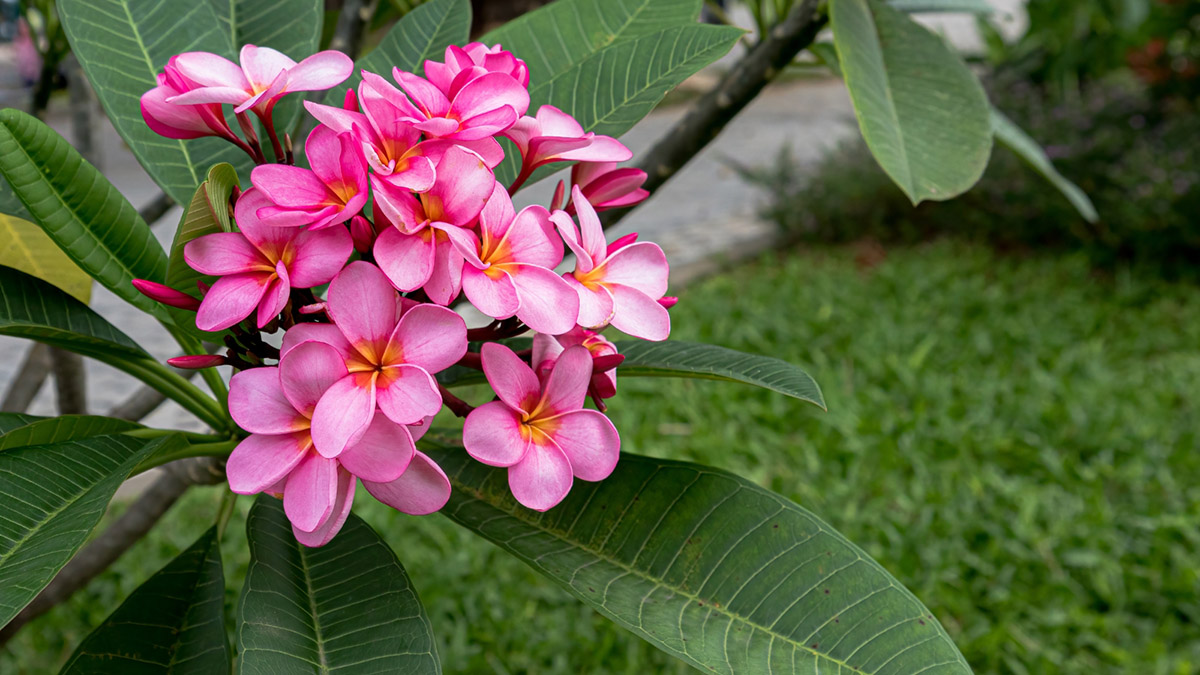
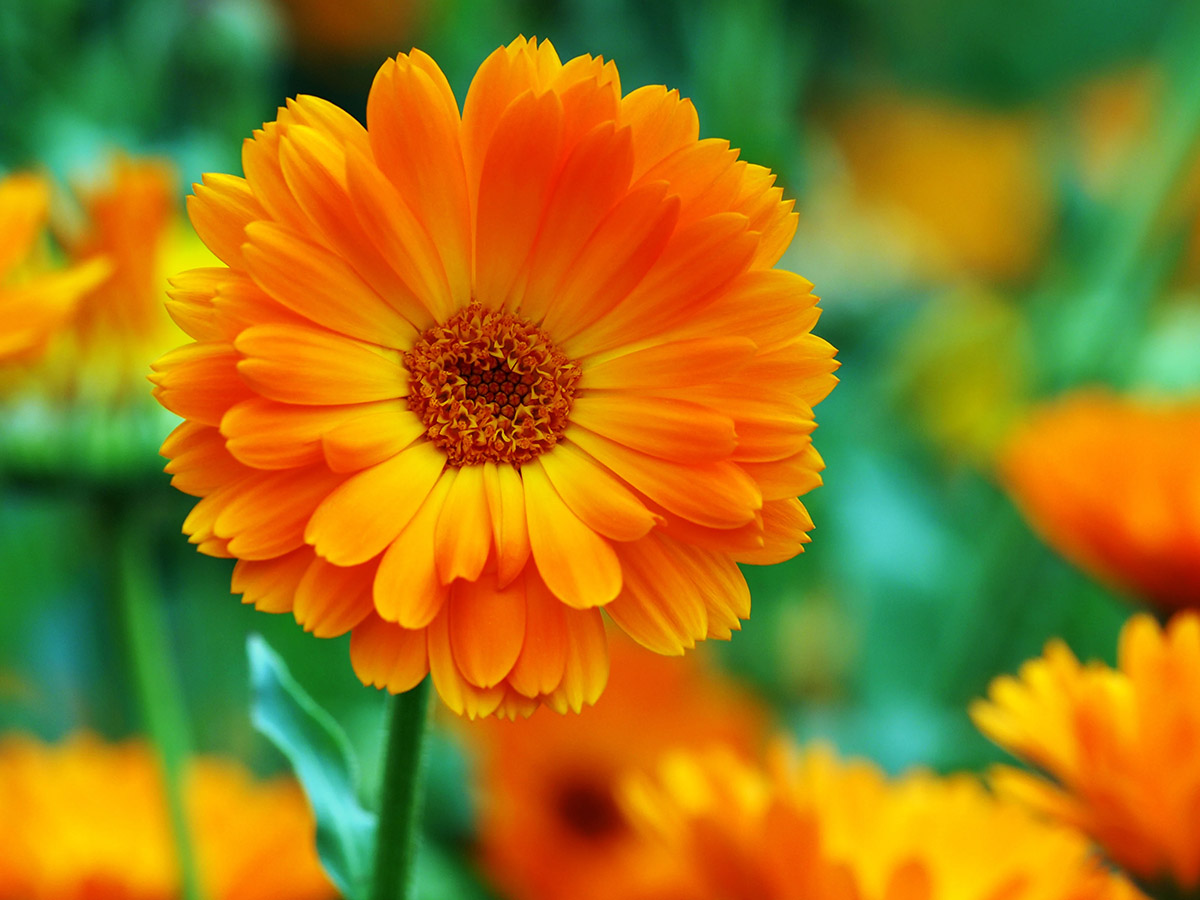
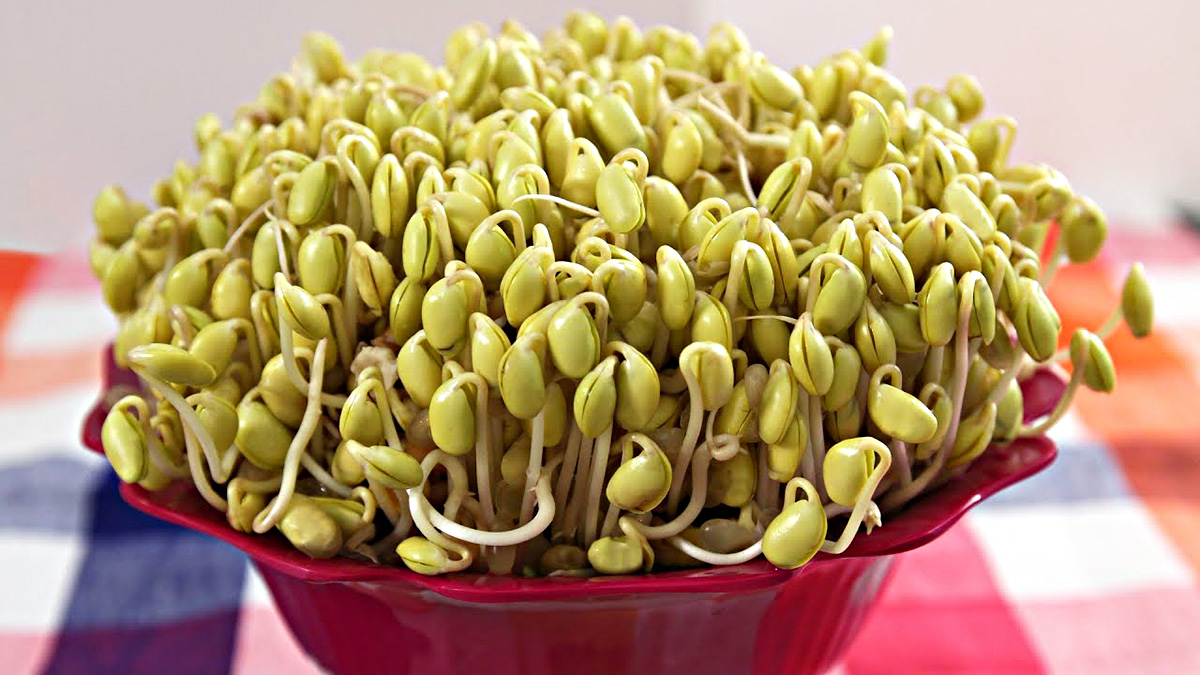
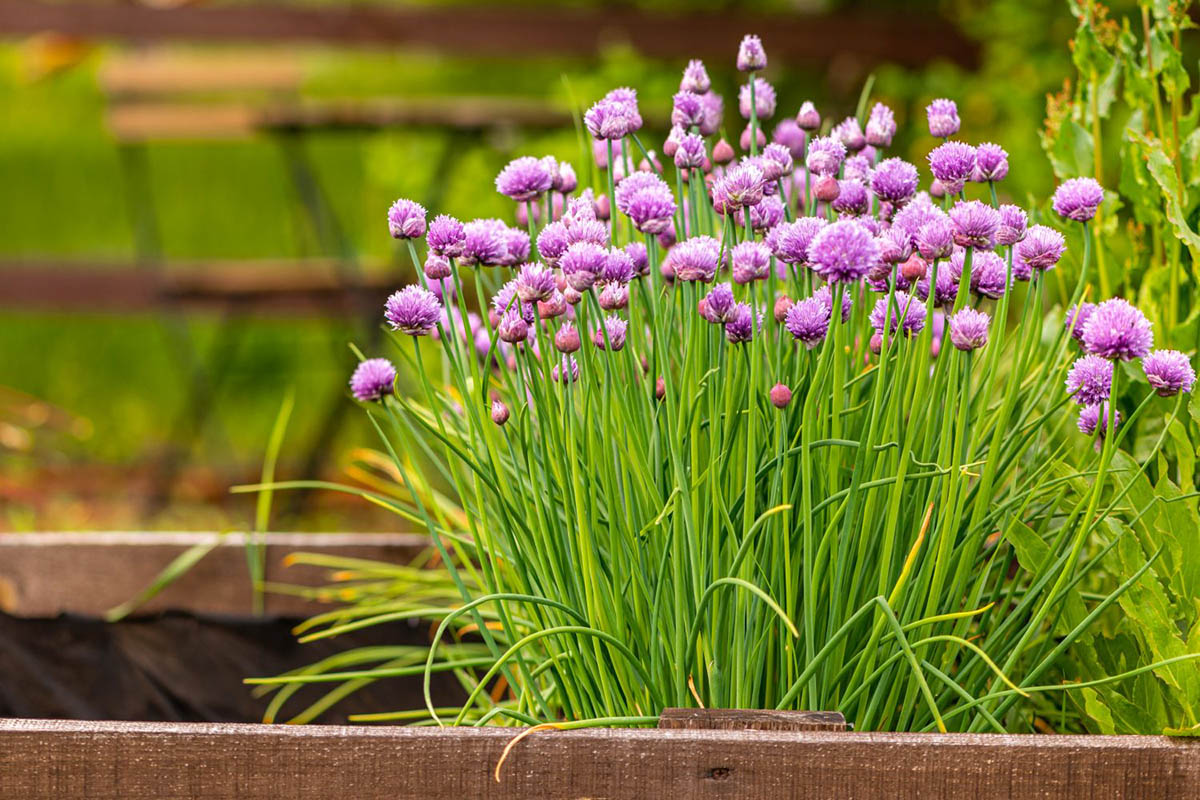
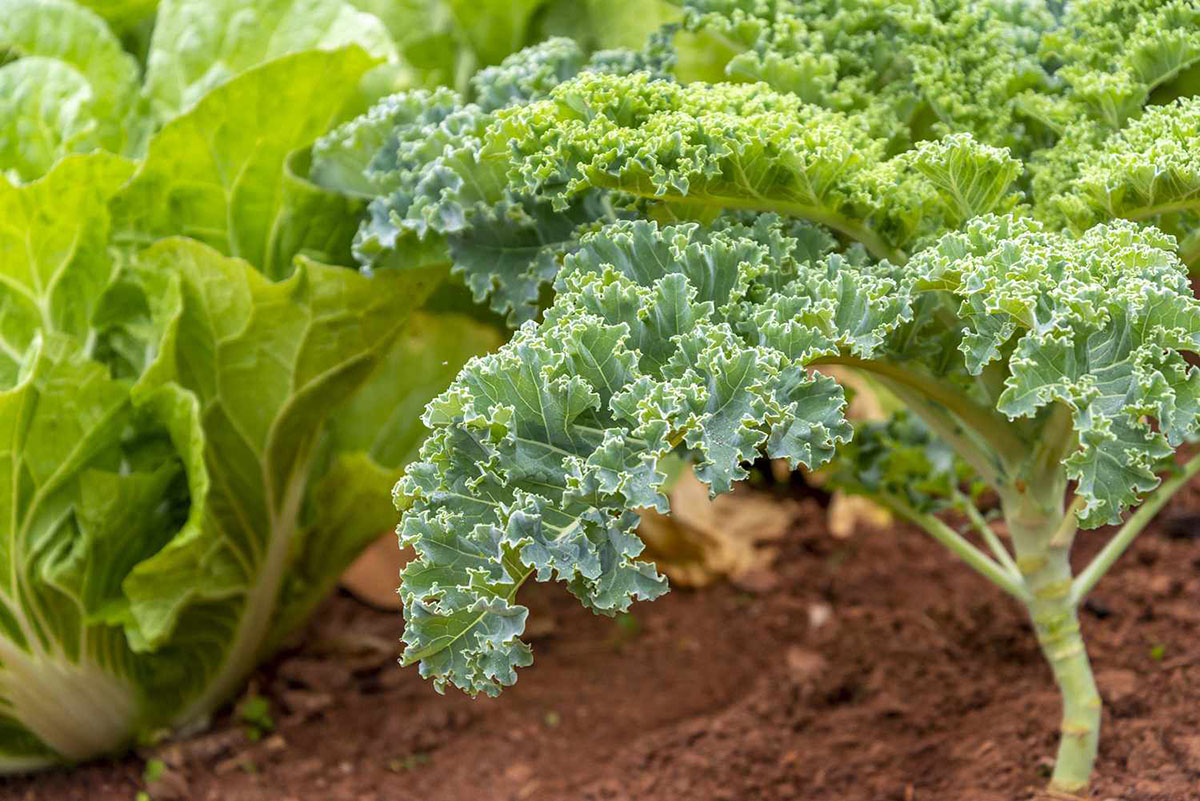
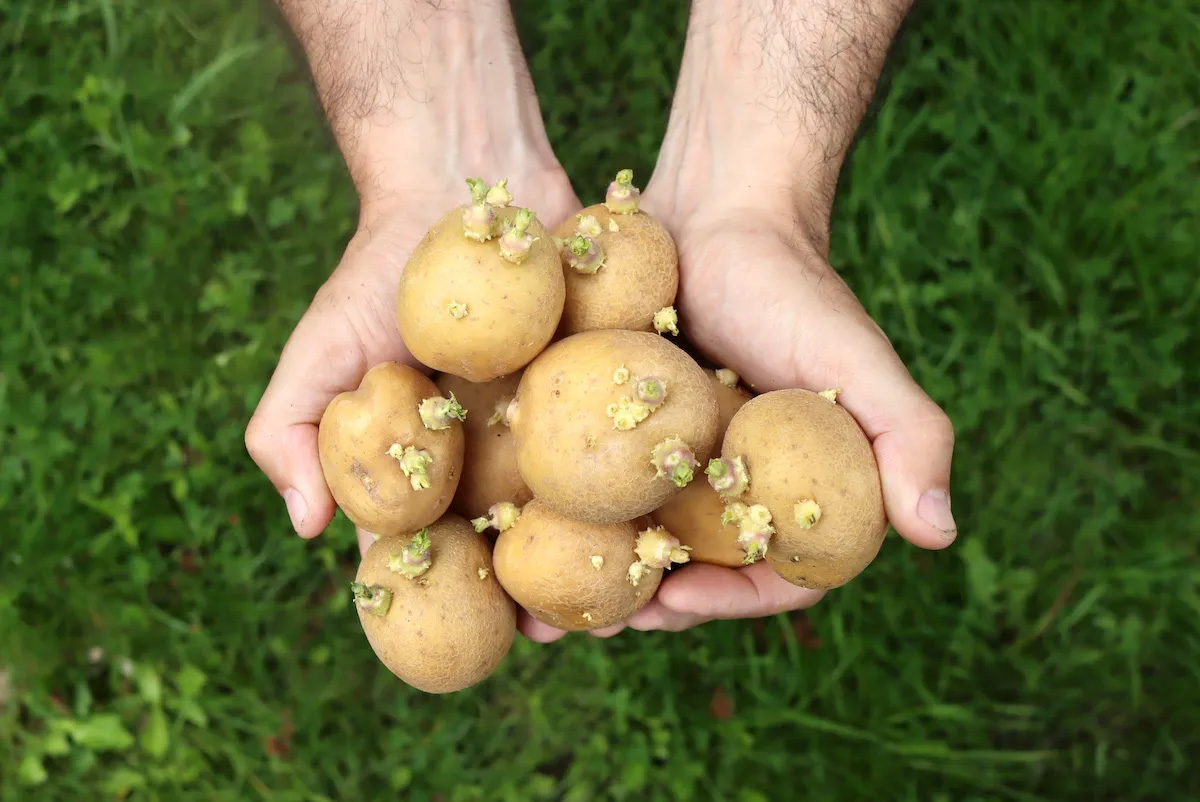
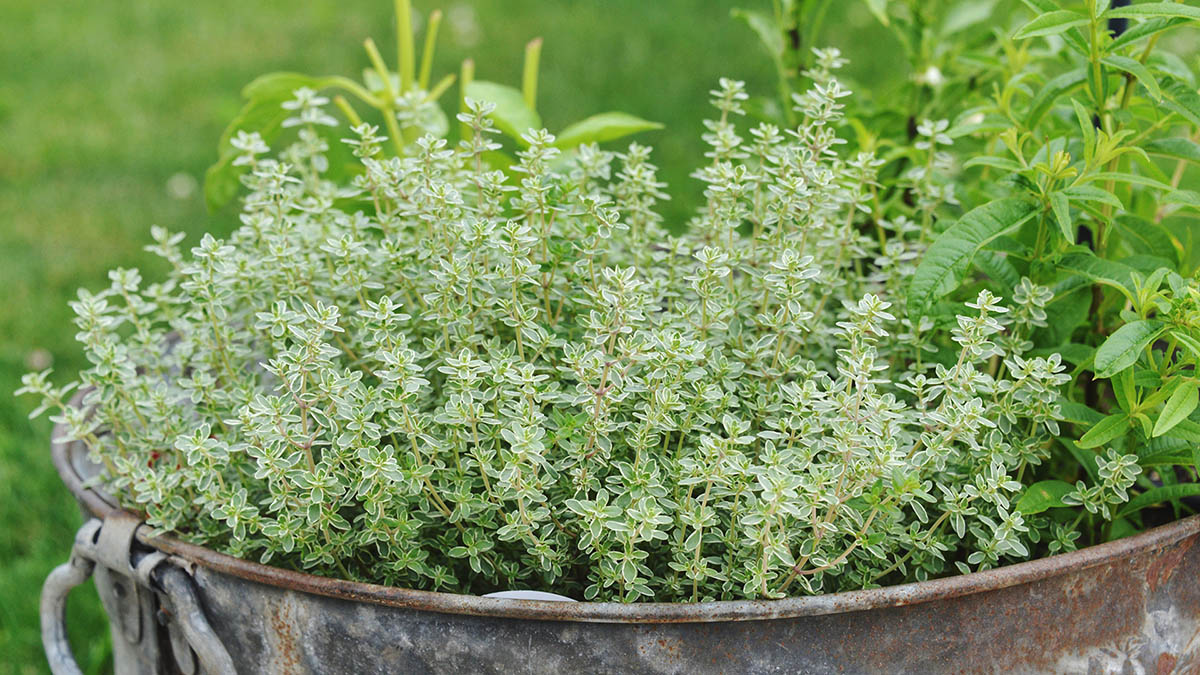
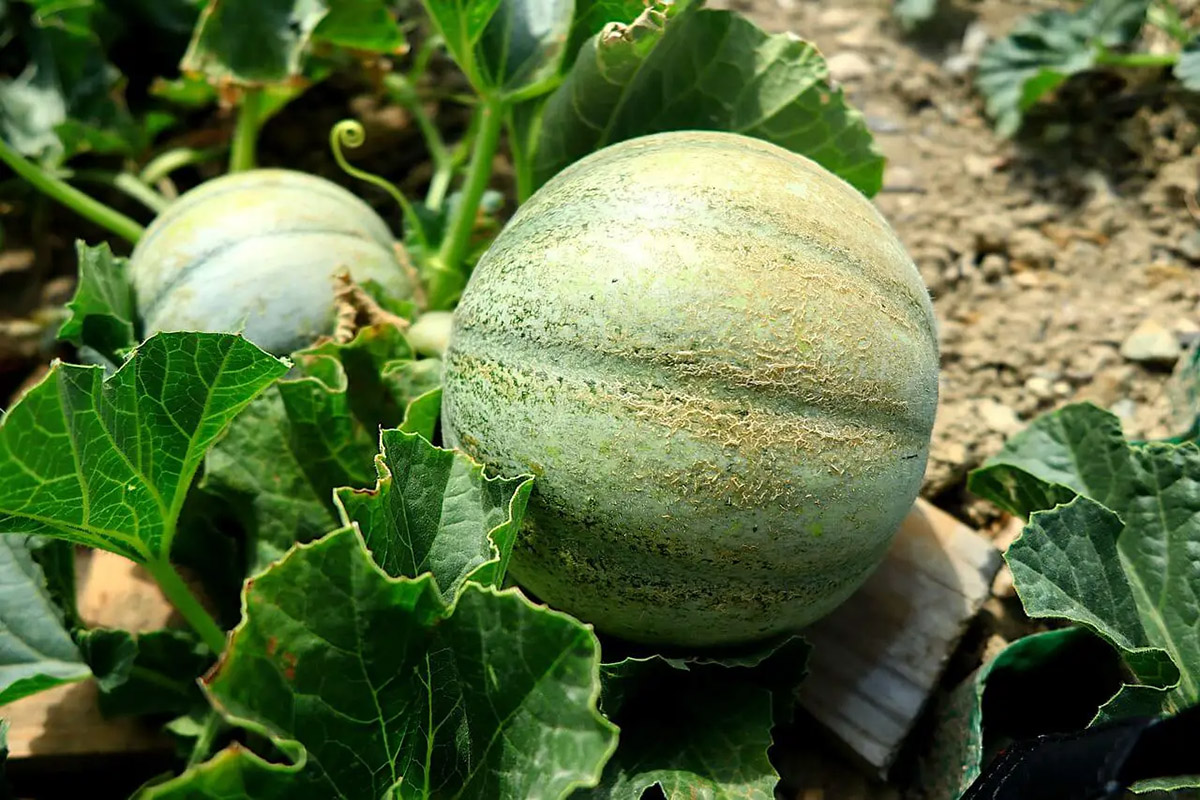

0 thoughts on “How Long Does It Take To Germinate Strawberries”